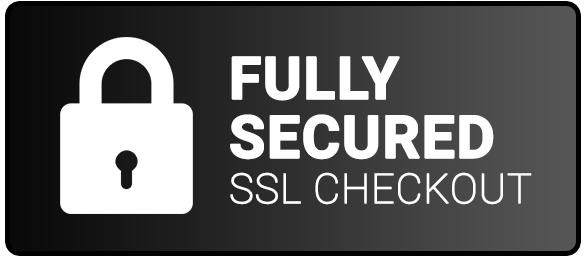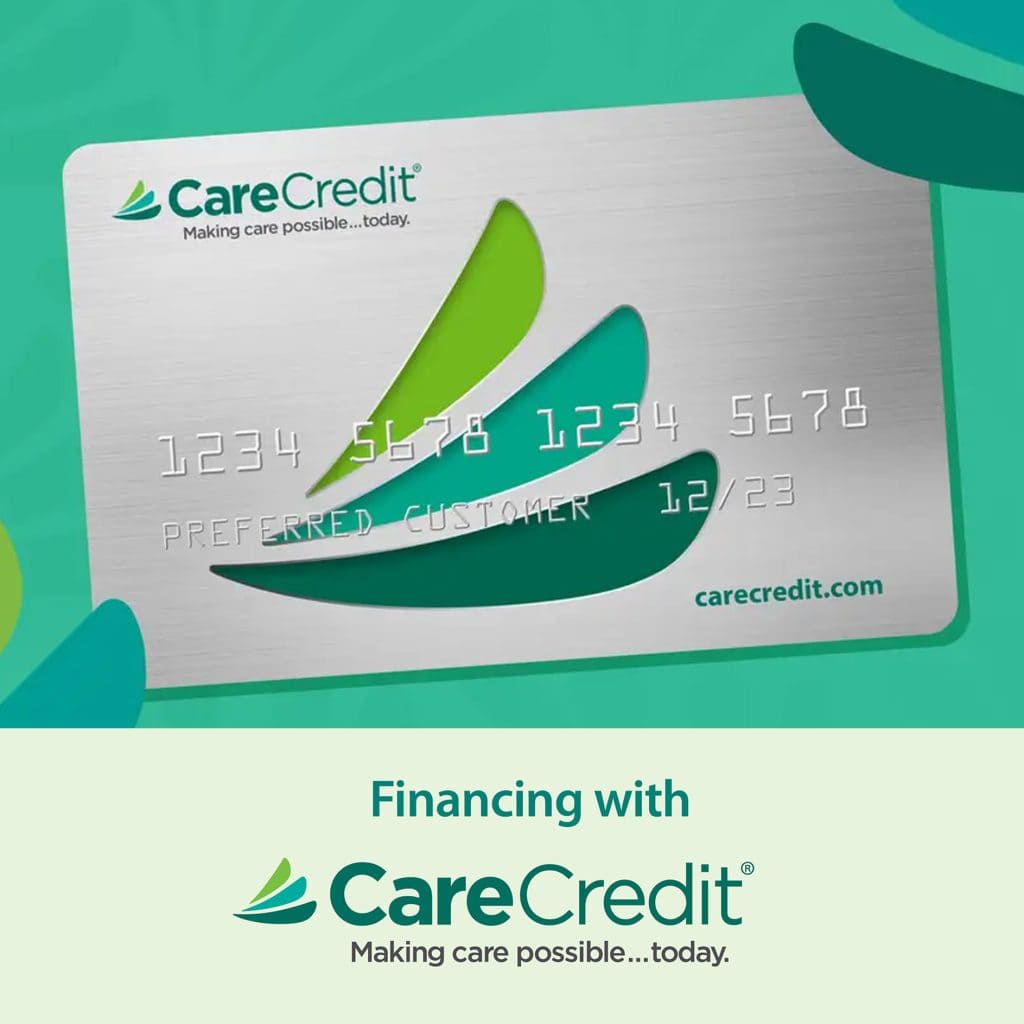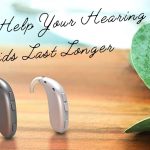This October, celebrate Protect Your Hearing Month by scheduling a hearing test! The Better Hearing Institute, a non-profit organization, recommends getting a hearing test once every ten years until age 50, and once every three years after that. Regular hearing tests allow you to catch hearing loss long before it becomes a problem. If there are elements of your lifestyle that may be contributing to noise-induced hearing loss (NIHL), a hearing test will let you know—so you can do something about it!
About Noise-Induced Hearing Loss (NIHL)
NIHL is on the rise once again, especially amongst young people. Statistics on hearing loss have been kept since the middle of the 20th century. Hearing loss was once much more common, but has been on the decline since the late 1990s. Now, it appears, the trend may be reversing. About 10% of millennials have hearing loss, and about 17% of Gen-Z’ers have it, despite being younger!
It is speculated that NIHL is responsible for the rise in hearing loss among young people. There may be a number of reasons for this. Louder social events may play a role—today’s PA systems tend to reproduce sound much more efficiently than those of the past. This means that a smaller PA system is as loud as a much larger one from decades ago. While having the capability to produce more sound doesn’t mean that we need to do so, it seems that we are indeed using this extra capability to produce dangerous sound levels on a regular basis.
Another culprit is likely the personal listening device (PLD). When Sony introduced the original Walkman in 1979, it was immediately apparent to audiologists and medical professionals that these devices would likely result in an uptick of hearing loss, and numerous newspaper articles were published about the danger of listening at top volume. Today’s PLDs are much louder than the original Walkman, capable of inducing hearing loss at much less than their top volume.
How Loud Is Too Loud?
NIHL is not only about loudness, but about the time of exposure. A single, catastrophic sonic event can result in NIHL (or even deafness), but a lower sound level sustained for a long time can also cause it. As little as 85 dBA (decibels A-weighted) can cause NIHL after about 8 hours of exposure. 85 dBA is about the loudness level of a gas-powered lawn mower or a noisy vacuum cleaner.\
For every additional 3 dBA of loudness, the safe time of exposure is cut in half. By the time we reach 100 dBA—about the level of a high school dance or riding a motorcycle—it only takes a few minutes of exposure to cause a degree of permanent hearing loss. The longer we hear the sound, the more hearing loss we will incur.
If you’re not sure whether an environment is safe, you can download an SPL (Sound Pressure Level) meter app for your smartphone. If the SPL reaches above 85 dBA, move away from the sound or protect your ears.
Safe Levels with Personal Listening Devices
It’s harder to measure whether the level of a PLD is too loud, since they put the sound directly into our ears. It would be very difficult to take an accurate reading of exactly how much sound is reaching our eardrums from a set of earbuds or headphones.
In general, over-the-ear headphones are the safest way to use PLDs, though they are also the bulkiest type of earphone to carry. They are favored because their drivers (speakers) are further away from your actual ear canal, and they create a seal around the ear, preventing more ambient sound from getting in. This makes it less likely that you’ll need to boost the volume of your PLD in order to hear the desired content over the ambient sound.
If you spend a lot of time in transit—whether by train, plane, or car—it may be worth investing in a set of noise-canceling headphones. Active noise-canceling headphones will reduce or eliminate continuous ambient sound, allowing you to keep your content at a safe level. You can even use them without playing media, just to reduce the level of the ambient sound.
In general, when listening to PLDs, set the volume so that it is just loud enough to hear clearly.
If you or a loved one may have hearing loss, if you’re interested in customized hearing protection, or if you’re just due for a hearing test, celebrate Protect Your Hearing Month by making an appointment for a hearing test… and start keeping track of your hearing health!






